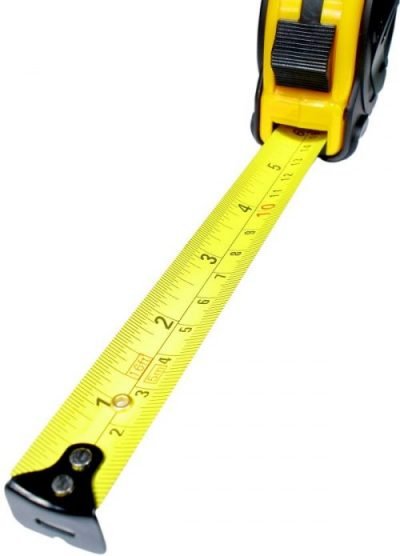Which Planet Is Closest In Size To Earth

Ask anyone which planet is the closest to the Earth, and the near pop answer will be Venus. Surprisingly, this answer is correct and wrong at the same fourth dimension.
We discussed this question with our planetarium learners and they came up with the following reasoning:
-
Wait at the order of the planets. The closest planet to the Earth should be either the previous planet (Venus), or the following (Mars)
-
Look upwardly the hateful radii of these planets orbits
-
To observe the average distance betwixt Earth & Mars and World & Venus, subtract the smaller radius from the bigger one for each pair
-
The smaller altitude gives usa the closest planet. That's Venus!
Tin you lot see what the problem with this reasoning is? What we actually calculate this mode is the minimal possible separation betwixt the ii planets, i.e. the closest their orbits volition allow them to get to one another. But here is the catch. Whatsoever 2 planets only stay close for a small part of their orbits. Therefore to respond "the closest planet" question we need to wait at the full motion picture and accept into business relationship the planets common positions through the remainder of their orbital journeys.
And so is it Venus?
If y'all answered Venus to the question above, you probably had in mind that Venus can become closer to the Globe than any other Solar System planet. That is correct. Approximately in one case every 1 ½ Earth years the two planets get within 25 1000000 miles of 1 another. No other planet ever gets quite every bit close to us. But is Venus always the closest planet to the World? Absolutely NOT! A big part of Venus' orbit takes the planet far away from the Globe. At the maximum separation, that is when Venus is on the opposite side from the Sun than the Globe, Venus is a whooping 160 meg miles away.
So when Venus is far, what other planet is the closest to us?
Sometimes, similar today, for case, the closest planet to the Earth is Mars. The smallest possible distance between united states of america and the Red Planet is 33.9 1000000 miles (although the next time Mars volition be that shut to us is in the yr 2287). In 2020 Mars volition make its close approach to the Earth on October six. On that day information technology volition be 38.6 million miles away.
Simply on average, the planet that spends THE MOST Time close to the Earth is not Venus or Mars. It'due south Mercury!
Of all the planets in the Solar System, Mercury has the smallest orbit. And so although it never gets quite equally close to the Globe as Venus or Mars, it never gets far away from us also!
In fact, Mercury is the closest – for most of the time- planet not only to the Earth, but also to Mars and Venus and… (things are getting weirder, are you ready?)… Jupiter, Saturn, Uranus and Neptune. The logic here is the same: while Mercury is never really close to any of these planets, its tiny (in space distances) orbit never takes Mercury far away from any of them. Simply think of the outer planets. Equally their orbits are so big, it makes the separation between the planets when they are at a maximum distance from one another, i.eastward. on the opposite sides from the Lord's day, absolutely ginormous.
This bright video illustrates the signal perfectly!
The bottom line is…
Mercury is the closest planet to the Globe A LOT of the time. Then if somebody asks you – Which planet is the closest to the Globe today? – go for Mercury. Nigh of the time this would exist the right reply.
If yous want to learn more cool facts about the Solar Organization planets, here are our other space web log posts you might like:
How come Jupiter has a fuzzy core?
How long is a solar day on the inner planets?
The water ice giants and why they are so unlike
Rings effectually gas giants in the Solar Organization
Exploring planet Mercury
Whatever questions or comments? Permit our Portable Planetarium team know!
Please follow and similar us:
![]()
Which Planet Is Closest In Size To Earth,
Source: https://wonderdome.co.uk/mercury-closest-earth-neightbour/
Posted by: morrissaileforseen.blogspot.com


0 Response to "Which Planet Is Closest In Size To Earth"
Post a Comment